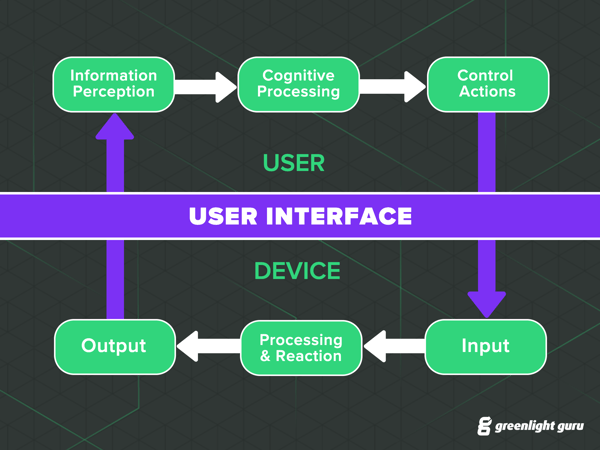Human factors medical devices are regulated by the FDA through the Center for Devices and Radiological Health (CDRH). The CDRH regulates human factors research and development, product labeling, post-market surveillance, and device recalls.
The Human Factors Society has developed voluntary guidelines for human factors design in medical devices. These guidelines are used by manufacturers as a reference for human factors design in their products. The voluntary guidelines are not legally binding, but they may provide some guidance to manufacturers on how to comply with regulatory requirements.
Medical device manufacturers must comply with all applicable laws and regulations, including those relating to safety, efficacy, manufacturing processes, and patient information. In order to ensure that human factors medical appliances are safe and effective, patients should be made aware of the risks associated with these devices.

Image Source: Google
Pros of using human factors medical devices
Some of the most common risks associated with human factors medical devices include:
-Injuries caused by the device itself or by improper use
-Errors during the installation or use of the device
-Infection from the device or its components
-Risks associated with surgical procedures performed using the device
Conclusion
Customers have to be made aware of the risks associated with human factors medical devices, in order to protect themselves from injuries and other health problems. These devices are often large, complex and require a great deal of user input, which can lead to dangerous consequences if not properly managed.